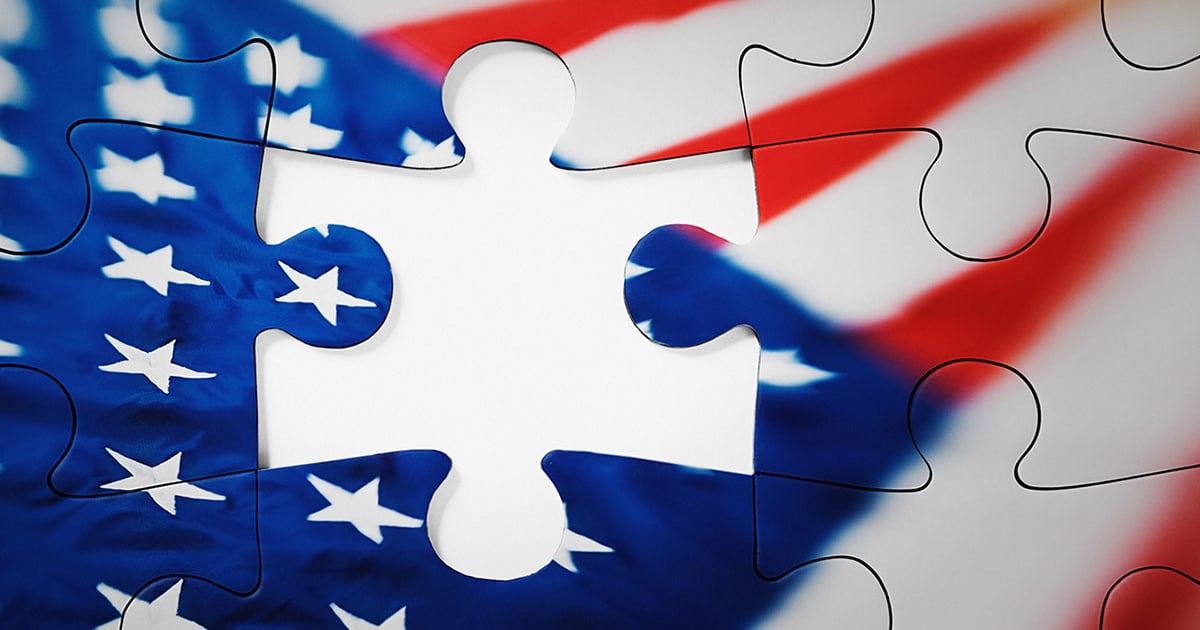
As the U.S. auto industry attempts to do its part to slow the warming of the planet, there’s room for debate about how big that role needs to be.
The head of the Alliance for Automotive Innovation, the industry umbrella group for many automakers and suppliers, argues that the EPA’s proposed emissions rules for the 2027 to 2032 model years are pushing manufacturers too hard. The group calls the EPA’s draft rule “a de facto battery-electric vehicle mandate” that is “neither reasonable nor achievable in the time frame provided.”
By the EPA’s own projections, its proposed regulatory scheme would require EVs to make up more than half of new-vehicle sales by the 2030 model year and two-thirds by 2032.
The alliance says the tougher regulations will force large parts of the industry to rely on Chinese suppliers, giving an even bigger advantage to an already dominant player in mining and processing batteries’ critical minerals.
The alliance isn’t arguing against progress: It also warns that if the U.S. doesn’t scale up in time, China will lock up global EV supply chains and expand into other markets.
The so-called Goldilocks solution, the alliance argues, would see the U.S. reduce emissions “quickly and aggressively” while providing consumers a wide variety of EVs and building up domestic supply chain and charging infrastructure to fend off Chinese upstarts.
That’s not going to be easy, to put it mildly.
Massive investments in battery chemistry and supply chains are being made, and one can hope that solid-state battery technology or some other breakthrough will soon make EVs cheaper than gasoline-powered autos and utterly compelling to consumers.
But in 2023, the path to a $25,000 emission-free vehicle is not remotely clear. In essence, the EPA is demanding the very best-case scenario for technological advancement.
That’s a nice goal. But to avoid unwanted and unintended consequences, the agency should include a circuit breaker of some sort, like the midterm review included in former President Barack Obama’s ambitious 2012 fuel economy proposal.
Striking the right balance will be about as easy as outrunning three bears. To the EPA, we offer the immortal words of Leslie Nielsen: “Good luck, we’re all counting on you.”